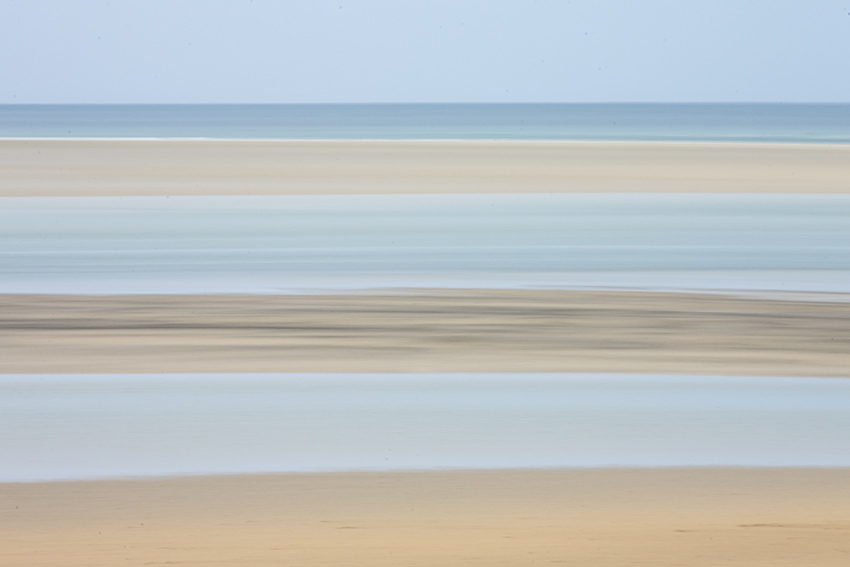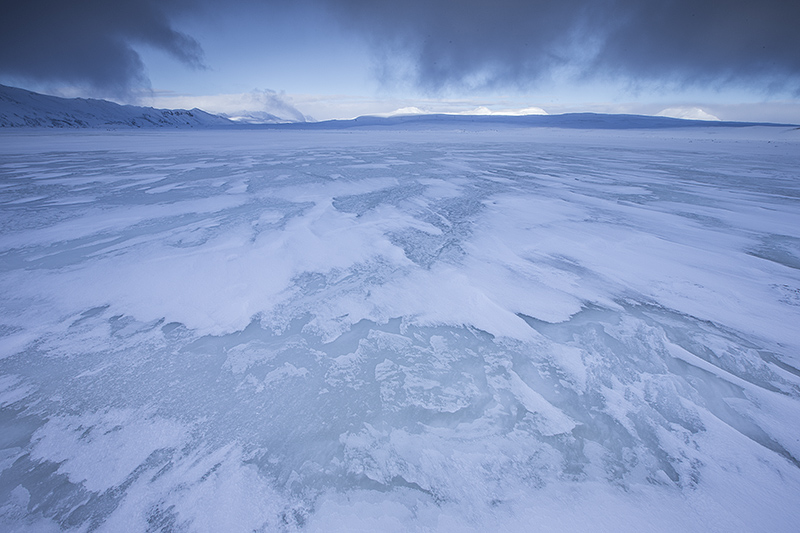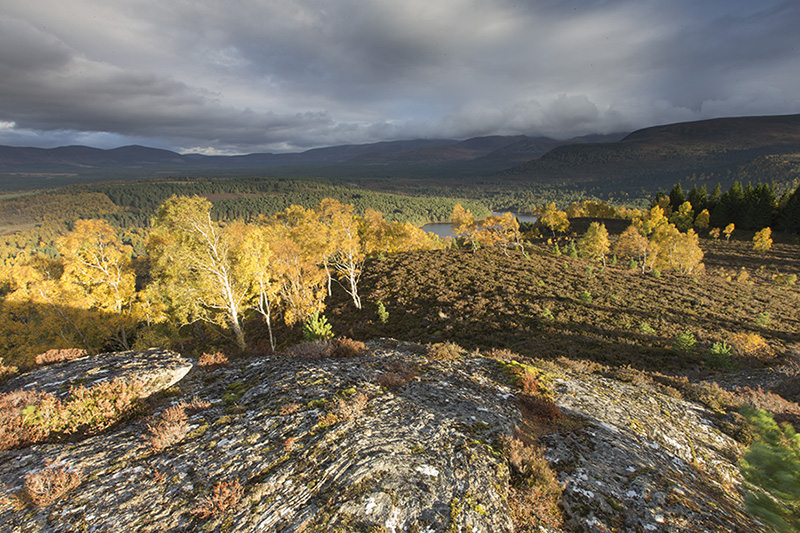Any tour guide with even half a conscience will recognise the gut-wrenching feeling of lying in bed listening to the wind howling and the rain pounding outside. If it happens once or twice on a tour, the guests will likely sympathise but night after night and I start to stress. Arctic Norway is never going to be straightforward in winter and that’s why we go, but a constant near-gale south-westerly with all that it brings, isn’t good news.
Tag: photo-tours
On the road again.
I rarely seem to have time these days to read all the magazines that drop through my door; I’m sure it never used to be the case. One headline however, recently caught my eye: “Make the weather in Photoshop”. Apparently, for those who know what’s what, ice, sun, mist and rain can all be plucked from the digital heavens and inserted into an image with no one being any the wiser. Is that what it’s come to? Is that what nature photography is now about?
Pay me with inspiration.
Nature photography can be a tough business and thesedays it’s damned difficult to get even a toehold on the ladder. It’s not always possible but when it is, we like to try and help young photographers/naturalists progress their career and/or personal development. Continue reading “Pay me with inspiration.”
Island Trilogy
Rain and wind are regular companions on Scotland’s west coast and so it was no surprise when on our first day on Harris, the first port of call on our recent Island Trilogy tour, dawn arrived and brought with it the wet stuff. Continue reading “Island Trilogy”
Winter Iceland
I wonder whether there has ever been a place that has gone through a more meteoric rise to photographic stardom than Iceland? It is the unrivaled Susan Boyle of landscape photography honeypots and I have watched in amazement as a very much 21st century cocktail of media exposure has propelled this cold and unforgiving island into a major tourism destination. Continue reading “Winter Iceland”
“A retrenchment to core activities”
August 1998. It was a nervous morning as Mark Hamblin and I sat in my kitchen drinking coffee like it was going out of fashion, awaiting the arrival of our first guest on our first photo tour in our first year of collaboration. We had no track record, no model on which to base the tour content and no idea how we would be received. By late afternoon the now familiar Wing-and-a-Prayer approach kicked in and somehow we seemed to pull it off. Continue reading ““A retrenchment to core activities””
Highland Odyssey
You can wax lyrical about the Scottish Highlands but the fact is that in autumn, it rains. It sometimes snows too but it always rains. OK, once we’re over that hurdle we can look at the positives. Rain brings discomfort it’s true; it also brings on premature insanity for landscape photographers (there’s only so many times you can wipe your filters dry) but very often, it brings spectacular light against spectacular skies. Continue reading “Highland Odyssey”
A puffin is a puffin is a puffin. Right?
Let’s face it there are lots of places to photograph puffins, so why go to what might seem like the ends of the earth to do so? Fair Isle is a remote island just off mainland Shetland and getting to and from it is fraught with logistical uncertainties. Low cloud, rough seas and erratic timetables all conspire to render boats and planes less reliable than we have perhaps come to expect. Don’t go to Fair Isle then if you’re on a tight timetable. It’s not as if there are billions of puffins there either – like elsewhere in their range, they are in decline – so what makes Fair Isle special?
Lighting, background and viewpoint. These are 3 words that I encourage all photo tour guests to repeat to themselves over and over like a mantra. If you understand the importance of lighting, background and viewpoint, you will see the advantages of Fair Isle. Many of the puffin burrows and loafing areas are in areas of dense thrift, or sea pinks, making the setting particularly attractive. Most allow low, intimate perspectives and the vagaries of the weather throw up some fantastic lighting (as long as you’re prepared to wait). The best thing of all though is the fact that you have the puffins pretty much to yourself 24/7, allowing you to take advantage of the best light at either end of the day. All in all then, it’s a long way to go but from a photographic perspective, it’s one of the best places of all. Sorry, but a day trip to the Farnes just doesn’t compare.
Our Puffin Bootcamp this year focused on primarily just two colonies and we worked them hard with early rises and late finishes. In between the photo sessions we enjoyed fantastic hospitality at the Fair Isle Bird Observatory and we enjoyed lots of great banter – thanks primarily to the invention of the hairdryer and an American propensity for personal trainers (don’t ask but thank to J for being a great sport).
I hope you enjoy these images as much as I enjoyed taking them. Thanks to the folk who joined this tour – hope your legs, necks, backs and feet recover! Next year’s tour is already nearly full so if you’re looking for intensive puffin photography in a fantastic location, join us.
A.M.A.N.D.A. April ’13
Fat is a delicate word in our house. You see I’m not 18 any more and thanks to middle age (plus a few cream eggs here and there), I’ve put on a few pounds in recent years – only a few mind! Pete is very sympathetic to my (temporary) bulging midriff (not) and tries his best to avoid the ‘F’ word as much as he can. But then that’s his trouble of course, he can’t resist stirring the hornet’s nest, poking jibes at the afflicted amongst us. I can hear him now with his (not so) subtle hints: “That’s a FAT lot of good.” There’s not much FAT on that idea.” You get my drift? Nothing direct, just little digs here and there; I wouldn’t mind but he’s hardly Richard Gere now is he?
And so to the latest excuse for the ‘F’ word. Crested tits and Great-spotted woodpeckers eat alot of fat, my fat, the fat that I make from bread, lard and peanuts each winter to feed the greedy so and sos. With our Winter Wildlife tours going at full tilt for almost a month, and photographers lining up in our hides to photograph them, alot of fat has been needed. It started off: “Amanda, could you mix some more fat?” but gradually degenerated into, “Fat for Fatties from the Fat Factory please.” He even got our other guides involved! Now again, there’s a deliberate and cynical avoidance of any direct reference to my own body but I can see it in his eyes – I know those eyes – he’s having a dig. Now of course he will deny all of this saying I’m being over-sensitive, paranoid even, but I know, I just know.
The Fat Factory is now winding down for the season as the birds go off to make new fat addicts. I’ve given Pete ‘the stare’ more than once, just waiting for him to cross that uncrossable line but sneaky as he is, he stays just the right side. He claims he’s sympathetic to my complaints about excess body baggage; he claims he still loves me as he did when I was 18; he claims he’s a mature, modern man. Fat chance!

















